
Vienna is without a doubt, the cultural centre of Austria. Not only is it home to the Burgtheater – one of Europe’s most important theatrical platforms, there are over 100 museums in Vienna. These museums can be visited for 15€ (as many as you can) on the first Saturday of October during the Long Night of the Museums.
A child in Vienna is never bored. This has been the city’s motto regarding kids and there are a lot of programs aimed at giving them the best childhood. Playgrounds abound in every neighborhood, parks and gardens too, and there are many theatres, centres, and activities focused on entertaining and educating children. In Kindergartens and Horts (after-school care), the kids often have field trips no matter the season – whether it’s just to a museum in the city center, or at a castle in a nearby town.
We enjoy visiting museums as it fosters curiosity and brings one close to history. And in Vienna, to further encourage everyone to visit museums, there are free entrances every first Sunday of the month.
Table of Contents
Vienna Museum Karlsplatz
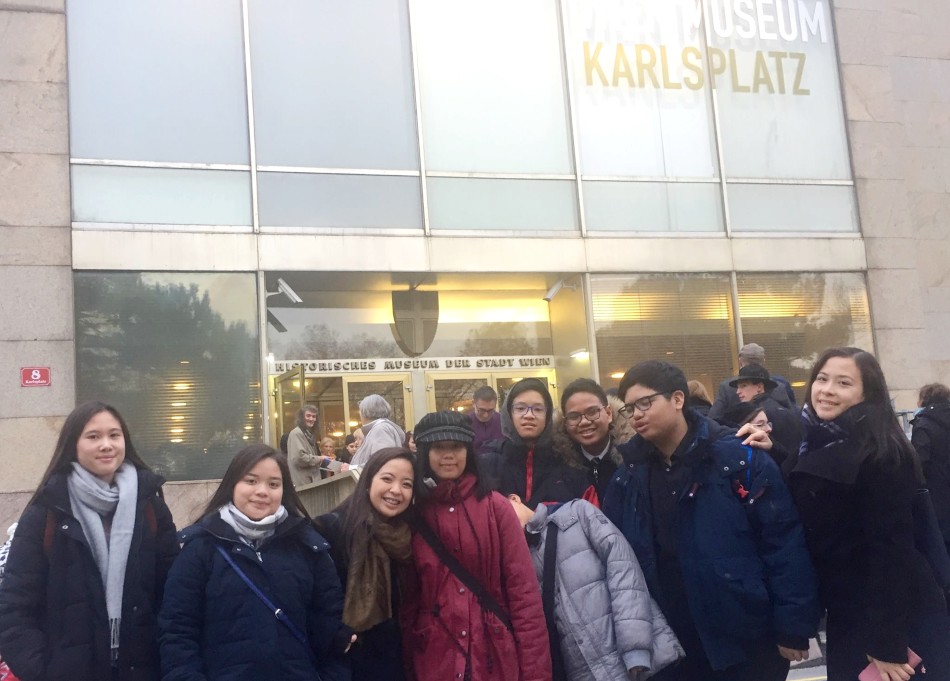
Update 2023 : Reopened on December 6, 2023.
The main branch of the Vienna Museums (German: Wien Museums) standing at the city center, it displays a collection on the history of Vienna that include exhibits dating from the Neolithic to the mid-20th century.
Address: Karlsplatz 8, 1040![]() Walk from the U1, U2, U4 station Karlsplatz (Resselpark, near Charles church)
Walk from the U1, U2, U4 station Karlsplatz (Resselpark, near Charles church)
Otto Wagner Hofpavillon Hietzing
Otto Wagner was an Austrian architect, furniture designer and urban planner who was responsible for designing most of the train stations in Vienna. The Otto Wagner Hofpavillon (Imperial Pavilion) in Hietzing was the Emperor’s private railway pavilion built in 1899, it still stands today and Wagner’s Secession style represented.
Address: Schönbrunner Schloßstraße 1130![]() Get off at U4 Hietzing
Get off at U4 Hietzing
Otto Wagner Pavillon Karlsplatz
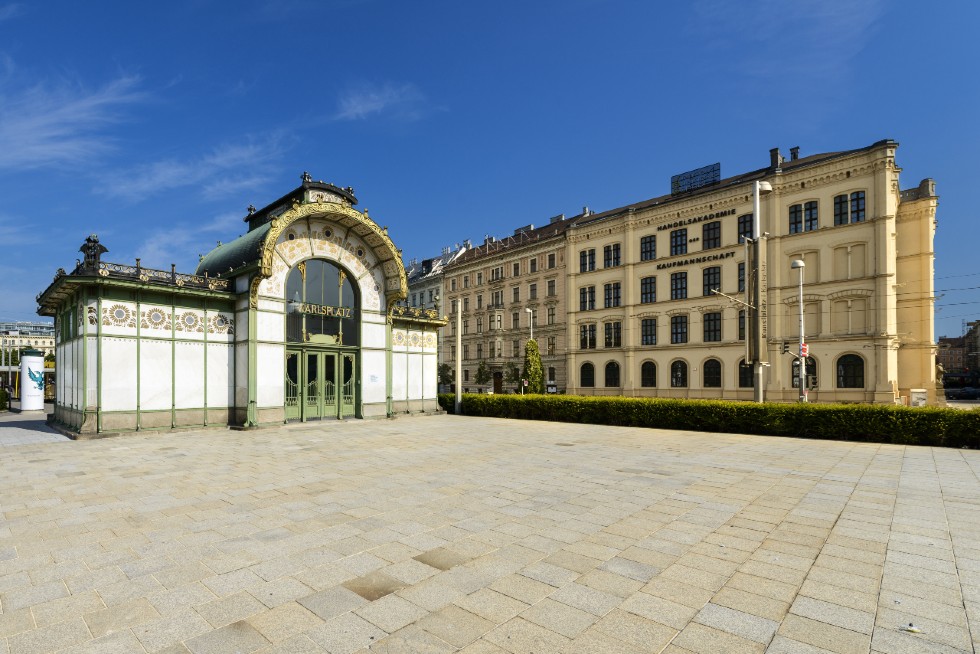
Free Museums in Vienna to Visit on the First Sunday of the Month: Otto Wagner Pavillon Karlsplatz
This is Otto Wagner’s ornate Art Nouveau pavilion directly at the Karlsplatz station, it houses a dedicated art exhibition.
Address: above train station Karlsplatz, 1040
![]() Get off at the train station U1, U2, U4 Karlsplatz and walk up the Resselpark exit
Get off at the train station U1, U2, U4 Karlsplatz and walk up the Resselpark exit
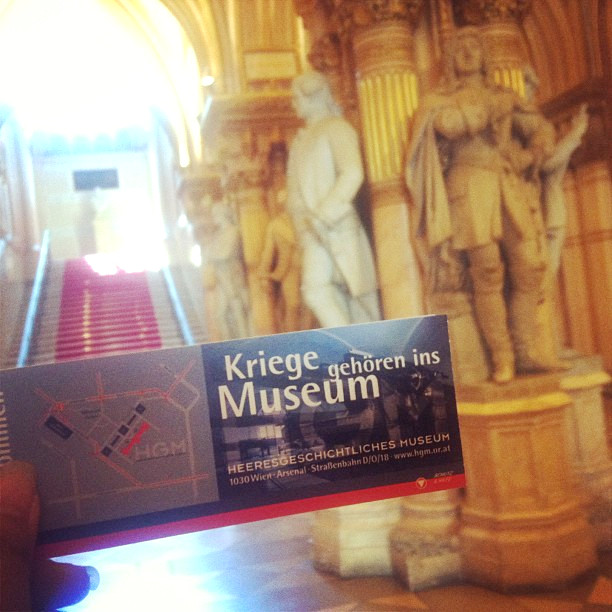
Military History Museum
The Museum of Military History – Military History Institute (German: Heeresgeschichtliches Museum – Militärhistorisches Institut) documents the history of Austrian military affairs. The building was completed on 8 May 1856, making it the oldest museum building in Austria. Its collections also count among the oldest state collections in the city of Vienna. The Museum also hosts a special exhibition twice a year on a military history theme.
Address: Arsenal Objekt 1, 1030
Take Sbahn or U1 to Hauptbahnhof and take Bus 69A get off at Arsenal or take Tram D from the city center and get off at Alfred-Adlerstrasse
Neidhart Festsaal (Frescoes)
These were Vienna’s oldest secular wall paintings that are estimated to be created around 1407. They were ornate decorations of wealthy cloth merchant Michel Menschein’s private dance and banquet hall and are now displayed along with presentations of Vienna’s medieval era.
Address: Tuchlauben 19, 1010![]() Get off at U1, U3 Stephansplatz / U1, U4 Schwedenplatz and walk through the no-vehicle streets
Get off at U1, U3 Stephansplatz / U1, U4 Schwedenplatz and walk through the no-vehicle streets
Hermesvilla
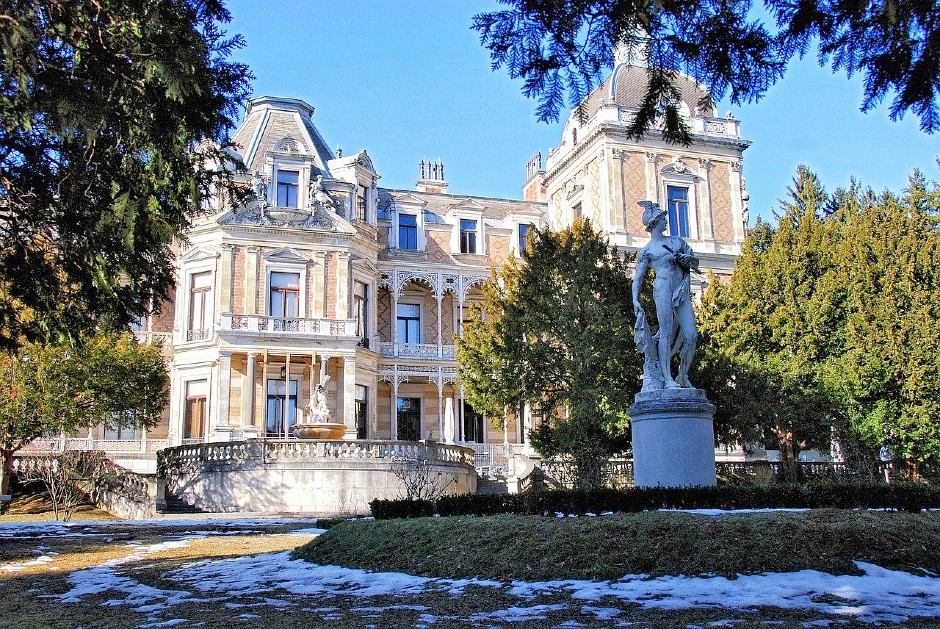
The Lainzer Tiergarten (animal garden/zoo) is a wildlife preserve at Vienna’s 13th district where wild boars, fallow deer, mouflons, and red deer (elk) dwell. The Hermesvilla, constructed in the area and which was completed in 1886, now serves as a museum and also contains a restaurant and café for visitors to relax in after exploring the “zoo.”
Address: Lainzer Tiergarten 1130![]() Get ff at U4 Ober Sankt Veit then take Bus 54A and get off at Sankt Veiter Tor / Take Tram 60 to Hermesstraße and transfer to Bus 55A until Lainzer Tor
Get ff at U4 Ober Sankt Veit then take Bus 54A and get off at Sankt Veiter Tor / Take Tram 60 to Hermesstraße and transfer to Bus 55A until Lainzer Tor
Uhrenmuseum (Clock Museum)
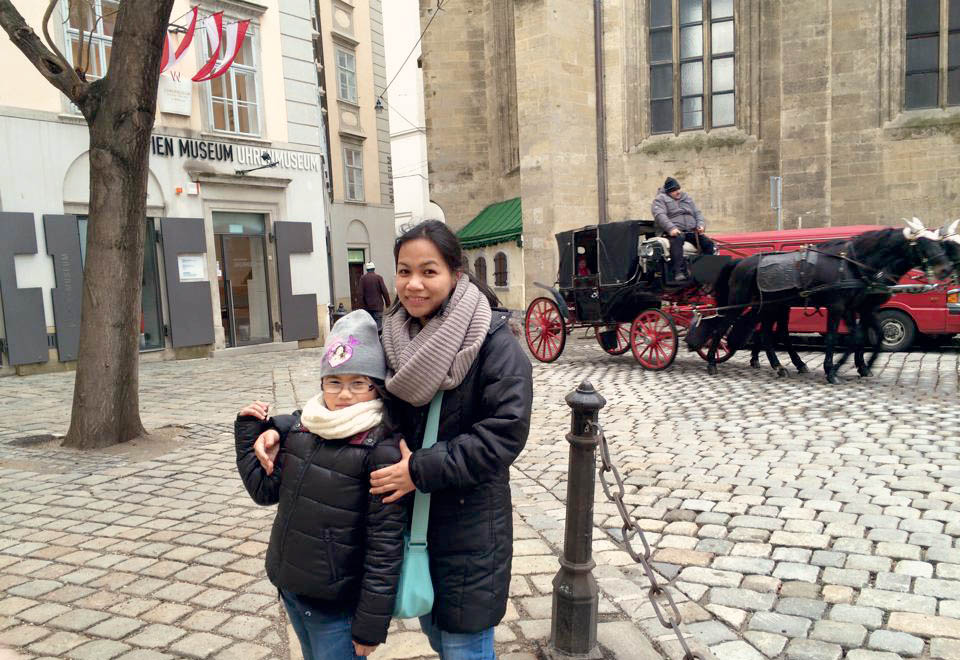
The Uhrenmuseum (Clock museum) is a 3-storey museum of a collection of clocks and watches, spanning from the 15th century. There are about 3000 thousand clocks and watches of all sizes, shapes, functions.
Address: Schulhof 2 1010![]() Near U1, U3 Stephansplatz / U3 Herrengasse with a little walk through cobblestones
Near U1, U3 Stephansplatz / U3 Herrengasse with a little walk through cobblestones
Römermuseum (Museum of the Romans)
The Museums of the Romans hold excavated ruins of houses which served as officers’ quarters in Vindobona (old Vienna), they along with exhibits of ceramic ware, gravestones and other objects gives us a view of the lives of people 2,000 years ago in the Roman camp and what would be the start of Viennese civilization.
Address: Hoher Markt 3 1010![]() Take U1, U3 to Stephansplatz or U1, U4 to Schwedenplatz
Take U1, U3 to Stephansplatz or U1, U4 to Schwedenplatz
Pratermuseum

Prater is Vienna’s amusement park with attractions and rides that includes carousels, bumper cars, roller coasters, and Vienna’s icon – the giant ferris wheel, and in recent years Madame Tussaud’s Wax Museum. , There were also exhibits of what could be seen at the theme park back in the day, as well as miniatures of the rides and attractions within the park.
Address: Oswald-Thomas-Platz 1, 1020 Planetarium by the Giant Wheel![]() Walk from U1, U2 Praterstern
Walk from U1, U2 Praterstern
Virgilkapelle (Vergilius Chapel)
This chapel is a curious, underground crypt next to the Stephansdom (central church in Vienna). It is still intact and thus, like the Museums of the Romans, gives visitors a look at the lives of people who lived during Medieval Vienna.
Address: Stephansplatz U-Bahn Station 1010![]() Below the train Station U1, U3 Stephansplatz
Below the train Station U1, U3 Stephansplatz
Arts
Wien Museum MUSA

As the Wien Museum at Karlsplatz is under renovation, its cultural-historical thematic exhibitions are temporarily housed at Wien Museum MUSA.

MUSA Startgalerie (City of Vienna’s Start Gallery)
This gallery gives art university graduates as selected by a jury the opportunity to show their art with a solo exhibition.
MUSA Artothek
The Artothek is a gallery that allows Viennese residents to borrow the works of living artists to be displayed on their own homes for a particular time. Probably giving the borrower time to decide if he/she would buy the piece. The artworks on paper are carefully mounted in aluminum frames and plexiglass to ensure safety.
Address: All three are at Felderstraße 6-8 1010![]() Walk from U2 Rathaus (get off at the back of the Rathaus building and cross to the building by the left side of the Rathaus)
Walk from U2 Rathaus (get off at the back of the Rathaus building and cross to the building by the left side of the Rathaus)
Apartments of famous people (musicians and composers)
Beethoven Eroicahaus
Update 2024 : Closed at the moment.
Ludwig van Beethoven’s 3rd Symphony, the “Eroica” was written àt an apartment in Döblinger Hauptstraße 92 where he stayed at between May and November 1803.
Address: Döblinger Hauptstraße 92 1190![]() From U6 Nußdorfer Straße take Tram 37 to Pokornygasse
From U6 Nußdorfer Straße take Tram 37 to Pokornygasse
Beethoven Pasqualatihaus
Another abode were Beethoven stayed at was an apartment on the fourth floor of a building at Mölker Bastei 8, now named Beethoven Pasqualatihaus in honor of the genius composer and pianist. He was said to have lived here for 8 years and worked on his 4th, 5th, 7th and 8th symphonies, and his opera “Fidelio” among many others.
Address: Mölker Bastei 8 1010![]() U2 Schottentor
U2 Schottentor
Beethoven Wohnung Heiligenstadt
Probusgasse 6 is were largely of Beethoven’s career in Vienna were spent. It was here, sometime in 1802 where he wrote the “Heiligenstädter Testament”, the letter Beethoven wrote his brother expressing his dejection of his progressing deafness. The museum has 14 rooms of display detailing the life of Beethoven in this beautiful neigborhood.
Address: Probusgasse 6 1190![]() U4 Heiligenstadt + Bus 38A Armbrustergasse
U4 Heiligenstadt + Bus 38A Armbrustergasse
Haydnhaus

Joseph Haydn, “Father of the Symphony” and “Father of the String Quartet”, and also a friend and mentor to Mozart, a tutor to Beethoven, and the older brother of composer Michael Haydn spent his last years in what is now known as the Haydnhaus (Haydn’s house). The exhibits display his works and the final years of his life.
1060 Vienna, Haydngasse 19![]() U3 Zieglergasse
U3 Zieglergasse
Schubert Geburtshaus

Considered one of the the greatest composers of Western classical music, Franz Schubert was born at what is now Nußdorfer Straße 54 on January 31, 1797. He spent four years of his childhood here and it has since been dedicated to the memory of Schubert. Displays give us a look of his musical development, friends he hung out with, and the other relevant stages of his life. One of the rooms has a display of numerous Schubert portraits.
Address: Nußdorfer Straße 54 1090![]() U6 Nußdorfer Straße + Tram 37, 38 Canisiusgasse
U6 Nußdorfer Straße + Tram 37, 38 Canisiusgasse
Schubert Sterbewohnung
This museum was the apartment where Schubert died is located can be found very near the Naschmarkt. He lived here for several weeks as his brother’s guest until he died on 19 November 1828.
Address: Kettenbrückengasse 6 1040![]() U4 Kettenbrückengasse
U4 Kettenbrückengasse
Johann Strauss Wohnung
Another music great, Johann Strauss’ apartment at Praterstraße 54 has been turned into a museum showcasing his instruments, furniture, and paintings.
Address: Praterstraße 54 1020![]() U1 Nestroyplatz
U1 Nestroyplatz
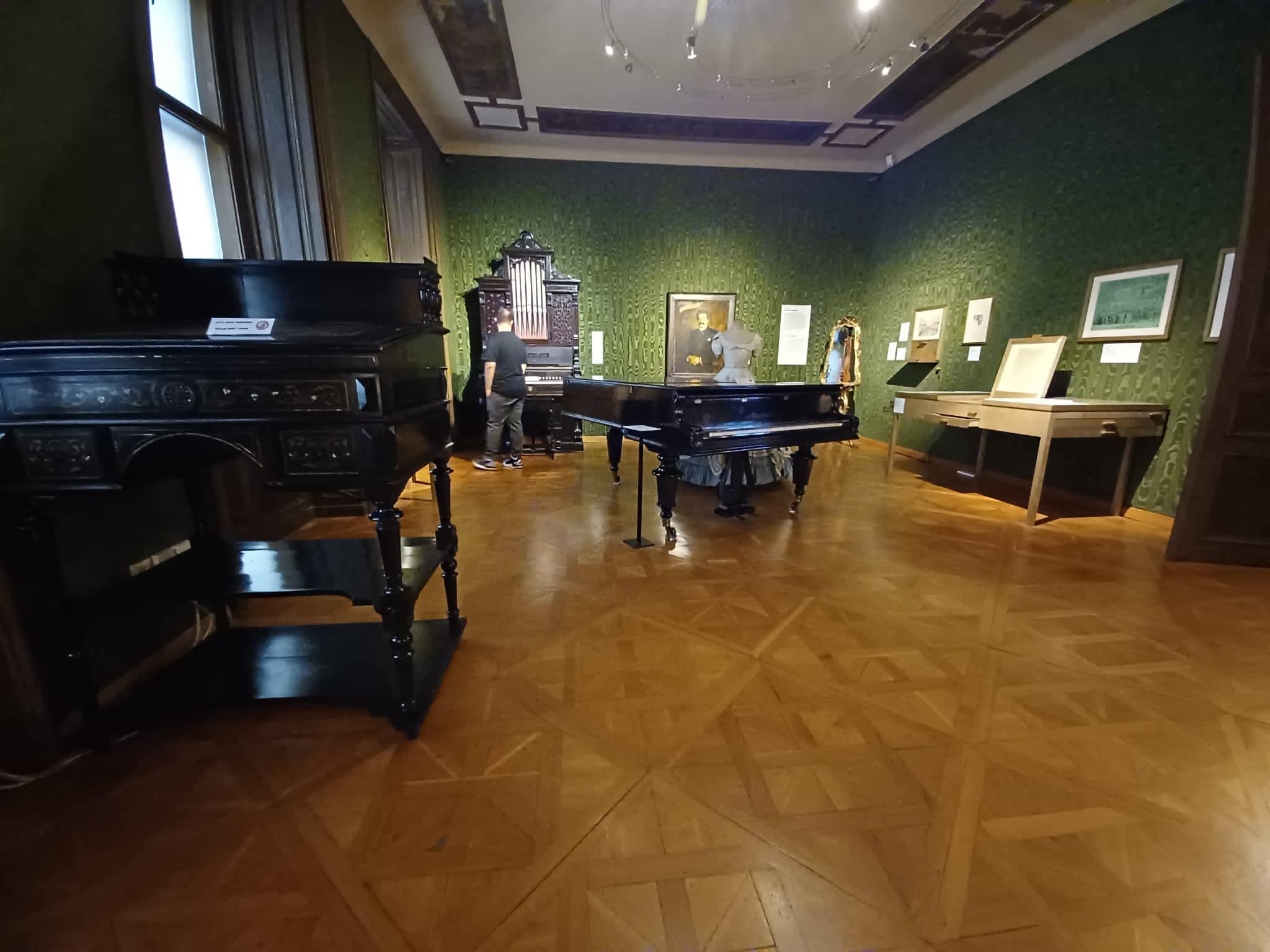
--------------------------Book your Vienna stay here!--------------------------
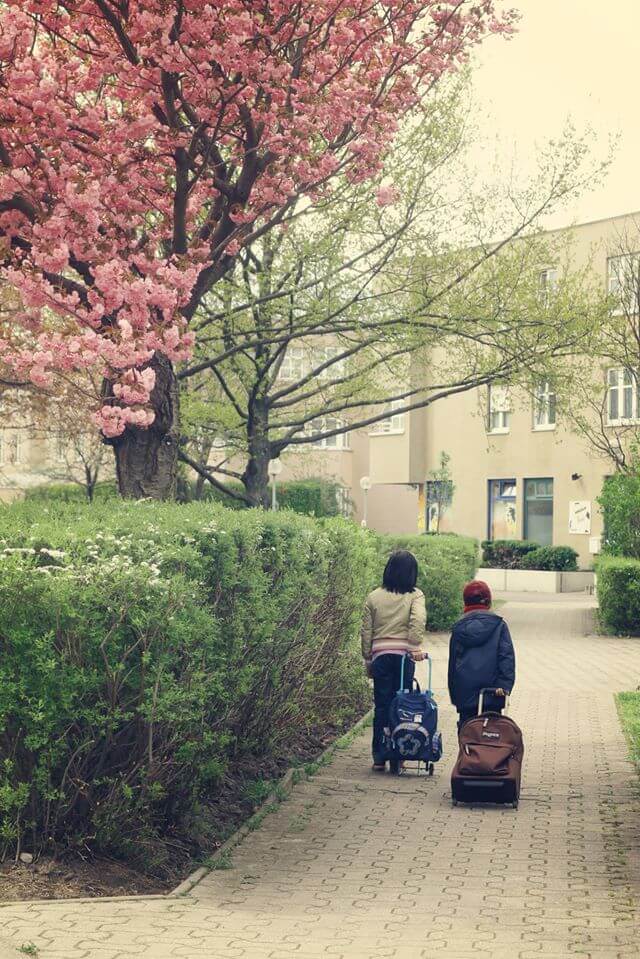

.jpg)

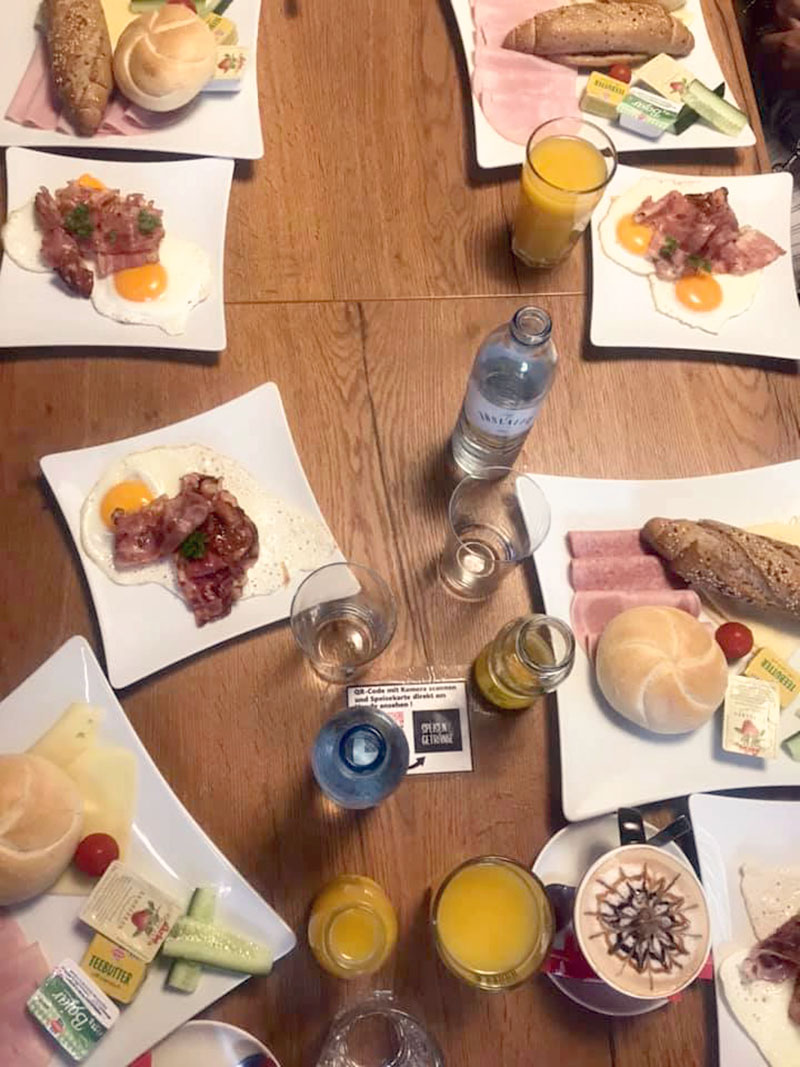
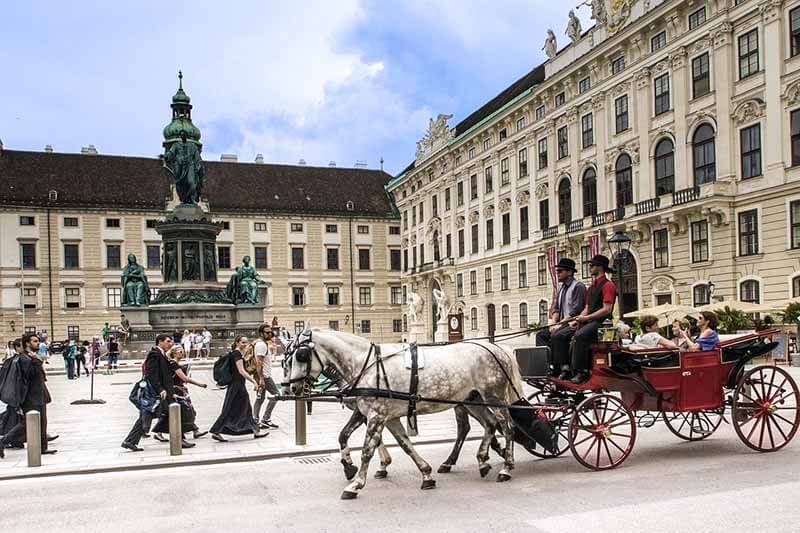





This is a fantastic resource! Museums are such great places to learn and explore.
Vienna is the best! I need to get there. I love that so many museums are free.
I would love to visit Vienna! I love that they have free museum days, will have to add some of these to my travel bucket list!
Such a good list of museums. I love that they are free to visit.
These all sound amazing. I love being able to visit museums. They are always a lot of fun to see.
I love visiting museums and I have visited some of these on your list. They all are great!
Nice lists! I wish to visit these beautiful and interesting museums someday!
wow! So many interesting museums to visit. Vienna has so much to offer!
These are all really great and very wonderful museums! I would love to visit all of these!